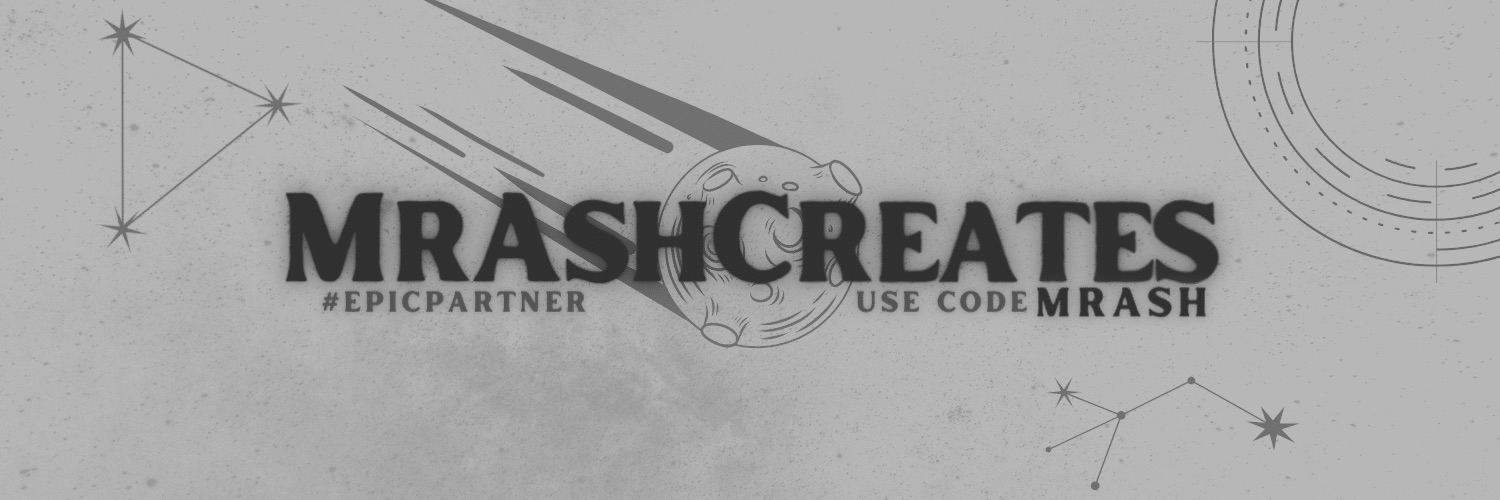Test md
Front Matter
Markdown documents have metadata at the top called Front Matter:
## Markdown heading
Markdown text with [links](./hello.md)
Links
Regular Markdown links are supported, using url paths or relative file paths.
Let's see how to [Create a page](/create-a-page).
Let's see how to [Create a page](./blog).
Result: Let's see how to Create a page.
Images
Regular Markdown images are supported.
You can use absolute paths to reference images in the static directory (static/img/banner-1500x500.png):


You can reference images relative to the current file as well. This is particularly useful to colocate images close to the Markdown files using them:

Code Blocks
Markdown code blocks are supported with Syntax highlighting.
function Hello() {
return (
<h1>Hello!</h1>
)
}
function Hello() {
return <h1>Hello!</h1>;
}
Admonitions
Use this awesome feature option
This action is dangerous
Use this awesome feature option
This action is dangerous
MDX and React Components
MDX can make your documentation more interactive and allows using any React components inside Markdown:
export const Highlight = ({children, color}) => (
<span
style={{
backgroundColor: color,
borderRadius: '20px',
color: '#fff',
padding: '10px',
cursor: 'pointer',
}}
onClick={() => {
alert(`You clicked the color ${color} with label ${children}`)
}}>
{children}
</span>
);
This is <Highlight color="#25c2a0">green</Highlight> !
This is <Highlight color="#1877F2">blue</Highlight> !
This is green !
This is blue !
Last Updated: Jan 16th, 2024
No planned Changes
